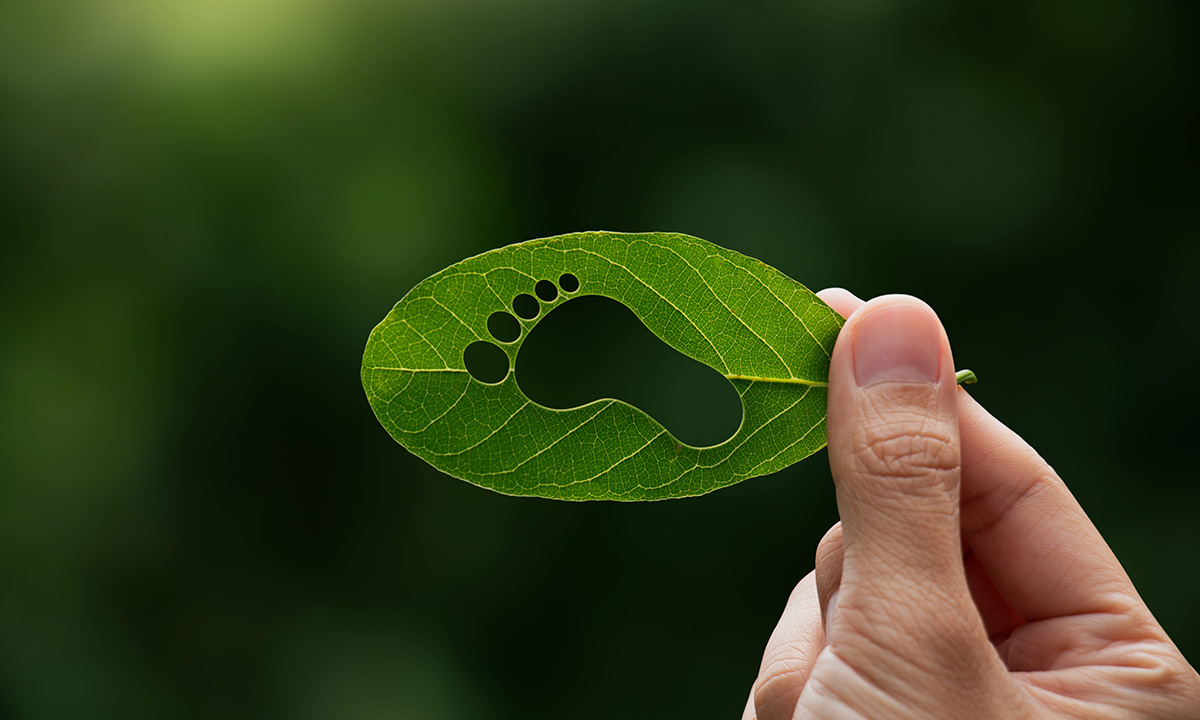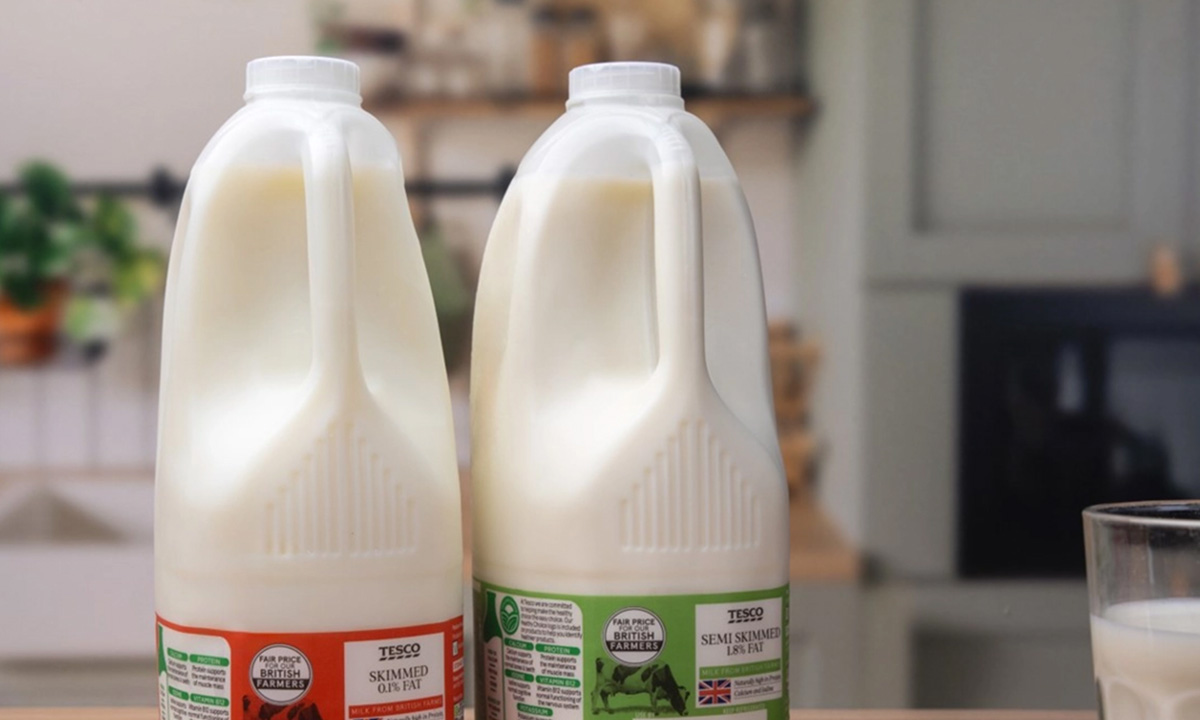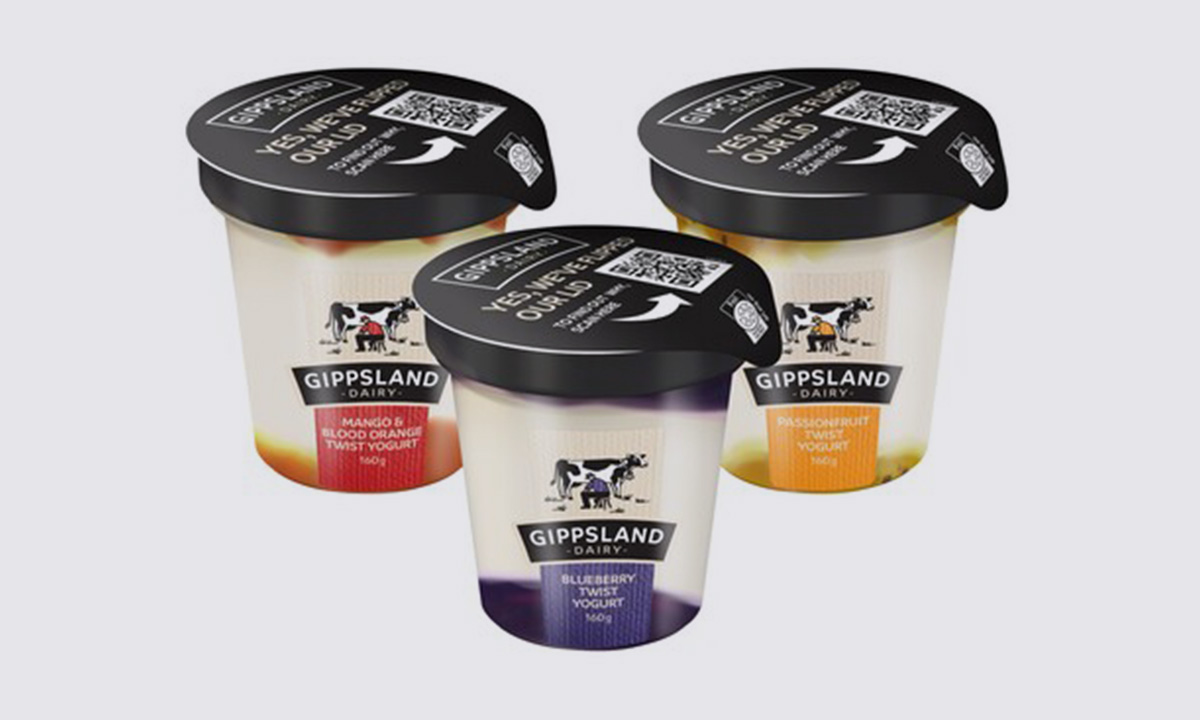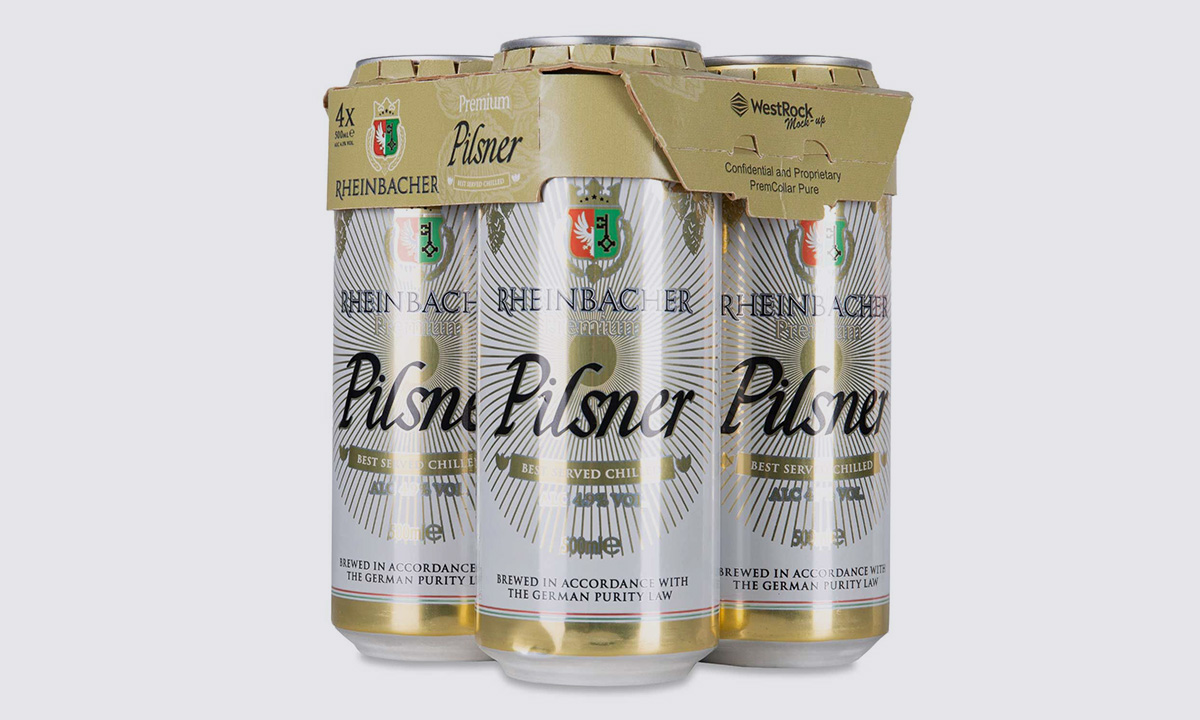Jul 17, 2024 by Mark Dingley
Woolworths recently implemented a simple change in the milk aisle, replacing the coloured caps on its own-brand milk with clear ones. This switch, while seemingly insignificant to many, is a significant step towards a more sustainable future.
While many customers won’t notice it, this small, eco-conscious move will have a big impact, meaning 290,000kilograms of plastic can be more effectively recycled.
Here, we’ll examine the importance of Woolworths’ initiative and explore other small packaging changes that can have a big impact.

Woolworths milk bottle caps were previously light blue and dark blue. However, this caused an issue with recycling, as coloured plastic must be separated from clear plastic.
Coloured plastic can be recycled, but the pigment makes it less versatile – it can only be recycled into dark-coloured plastic.

Clear, colourless plastics are more in demand as recycled materials, as they can help produce valuable recycled plastics—clear or coloured. Clear caps build end markets for these reprocessed materials, ensuring they find a second life as new recycled products, such as milk bottles and lids. In other words, they contribute to a more sustainable and circular economy for plastics.
Aside from the environmental impact, changing to clear lids also streamlines production. Rather than using a palette of five different coloured lids, the process only uses a single clear lid. This helps reduce waste during the production changeover process.
While Woolworths is the first supermarket to make the move in Australia, several major supermarkets in the UK, including Asda, Tesco and Aldi, have already replaced coloured caps with clear caps.

Woolworths has shown that you don’t have to completely overhaul your packaging to make a difference. Here are some simple changes that can have a big impact:
Chobani Australia has reduced the plastic used in its Gippsland Dairy 160g pots by almost half. They started in 2023 by removing the plastic spoon embedded in the lid. Now, they’ve removed the lid entirely. This is set to remove 95,000kg of plastic from its business in 2024 and reduce greenhouse-gas emissions associated with sourcing and transporting lids and spoons through its supply chain and to retailers.
The new packaging design uses the artwork to keep the “pot” look and feel. The black band around the top circumference looks like a lid, so consumers can still identify the product on the shelf.

If you can’t yet switch all your packaging to sustainable materials, look at how you can change different packaging elements. For example, in 2023, Aldi UK announced it was removing all plastic shrink wrap and rings from its own-brand. four-pack beer and cider products and replacing them with a more sustainable alternative: cardboard.

What if your products didn’t have labels? In January, Coca-Cola announced a limited rollout of 500ml Sprite and Sprite Zero “on-the-go bottles” without labels at trial Tesco Express stores in the UK. Instead of traditional wrap labels, the beverage company chose an embossed logo on the front with laser-engraved products and nutritional information on the back.
![]()
It’s incredible how a small change can impact your product’s sustainability. Whether you use recyclable materials, minimalist packaging or reusable pack design, rethinking your packaging design can help reduce waste and, in many cases, enhance brand perception. If you could make one small change to make your packaging more sustainable, what would you do?
Ready to make a positive impact on the environment and your business? Discover why sustainable packaging is a game-changer from Woolworths Head of Packaging, Bryan McKay. Learn More
Stay ahead of the curve with the latest insights: explore the top packaging trends to watch in 2024.